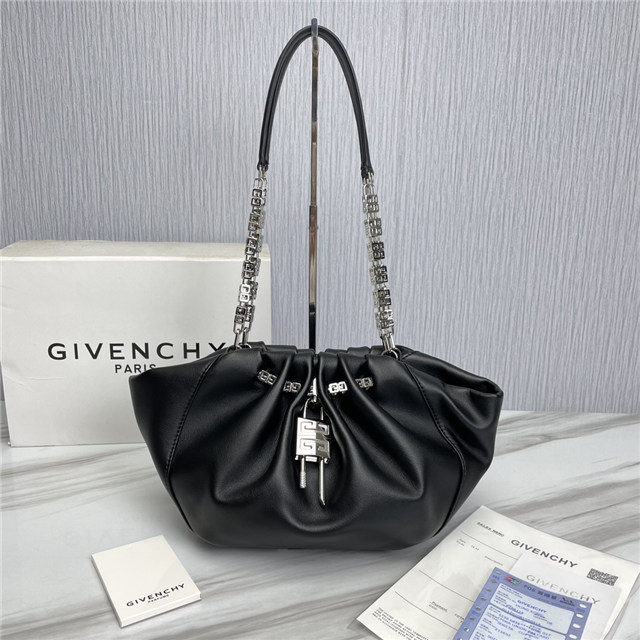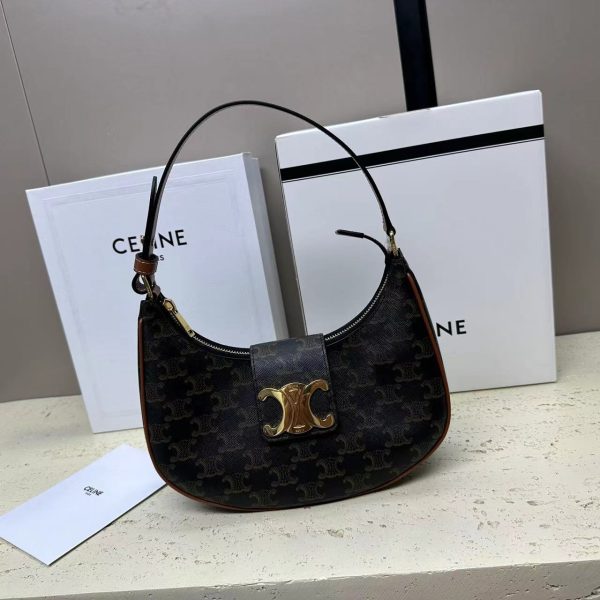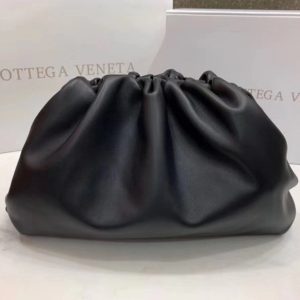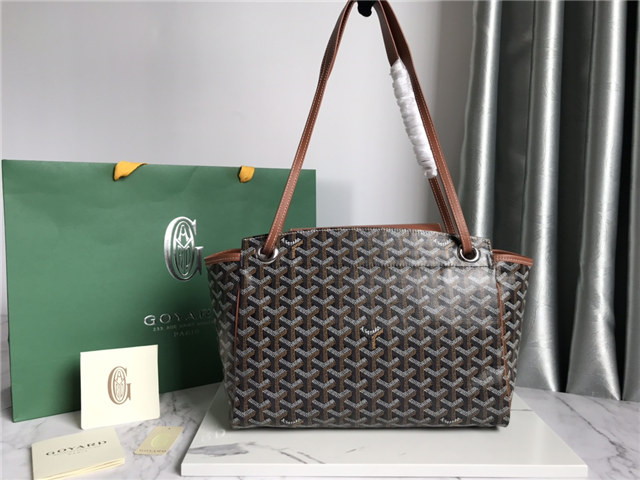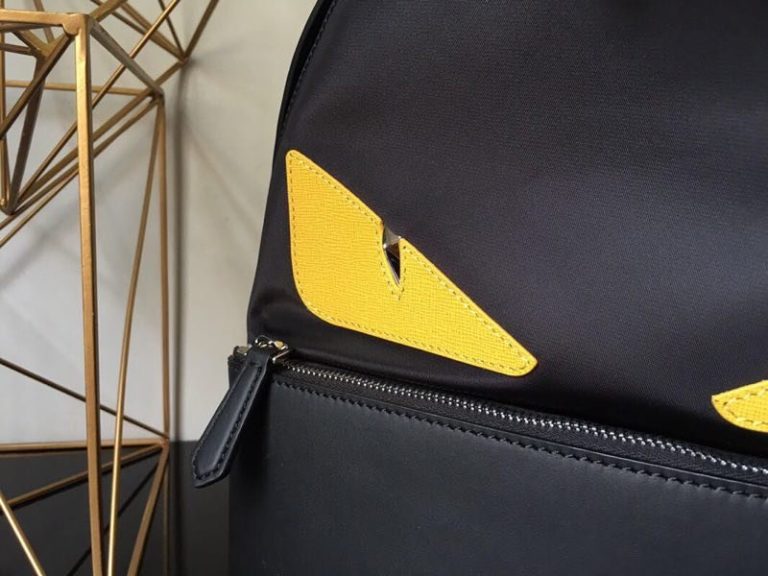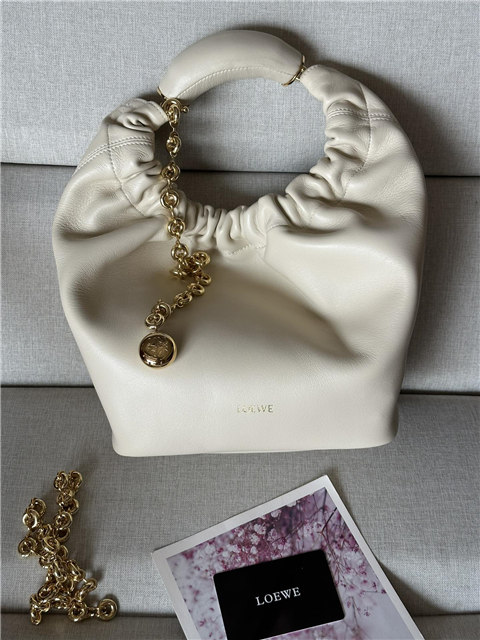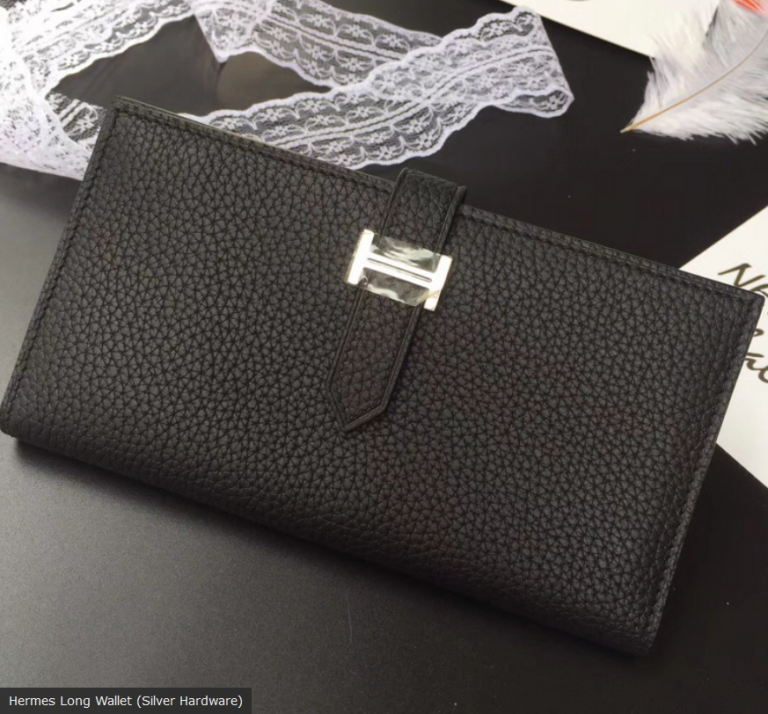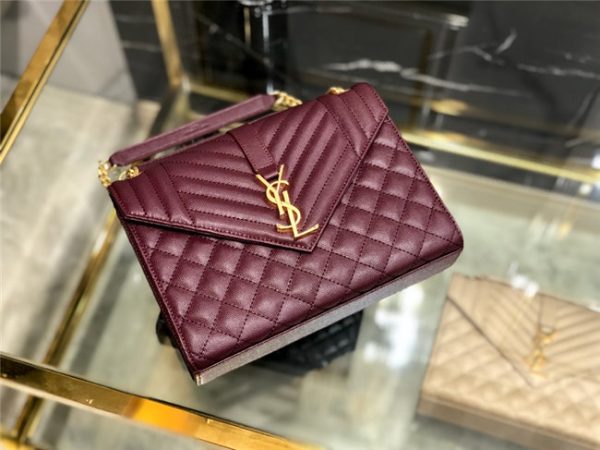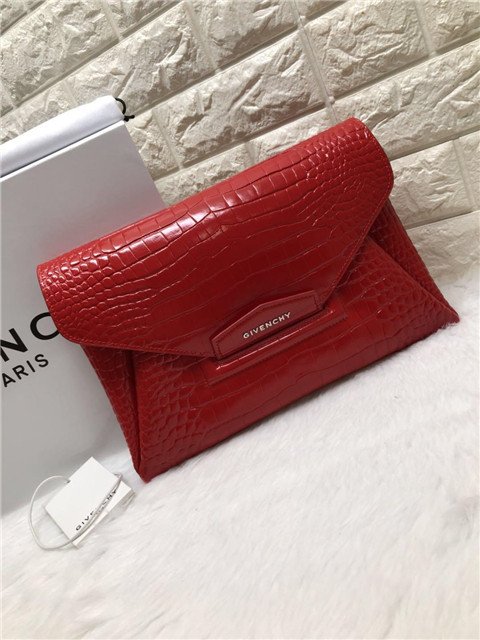Honestly, the whole “replica” game is a slippery slope. On one hand, who *doesn’t* want a Rolex? But dropping, like, serious cash on the real deal? Ouch. That’s where these super clone Datejust II thingys come in, promising the look without bankrupting you.
You see all these websites – seriously, just Google “Rolex Datejust II replica” and BAM! – they’re all screaming about “1:1 super clone Swiss movement 904L steel” and it’s like, “Woah there, Nelly!” Is it *really*? Maybe. Maybe not. It’s the internet, remember? You gotta take everything with a grain of, like, a whole shaker of salt.
The thing is, they *do* look pretty convincing these days. I mean, some of these replicas are actually kinda scary good. I saw one that even had, or claimed to have, a working cyclops lens that actually magnified the date properly. Wild, right? Makes you wonder where they even get the parts.
Now, you’re probably thinking, “Okay, so what’s the catch?” Well, *besides* the obvious moral quandary of, you know, buying a fake… durability. That’s the big one. A genuine Rolex is built to last, right? It’s an investment. This? Probably not so much. I mean, that 904L steel *sounds* fancy, but is it the real deal? Will that “Swiss movement” actually keep time, or will it crap out after a few months? It’s a gamble.
And then there’s the “spotting the fake” game. These websites are all “our guide will help you distinguish fakes!” Yeah, good luck with that. The fakers are getting smarter, and unless you’re a legit watch expert, you’re probably not gonna be able to tell the difference without a microscope. I’ve read articles that say look at the date magnification, things like that… but c’mon, are you really gonna walk up to someone and get all Sherlock Holmes on their wrist? Awkward.


